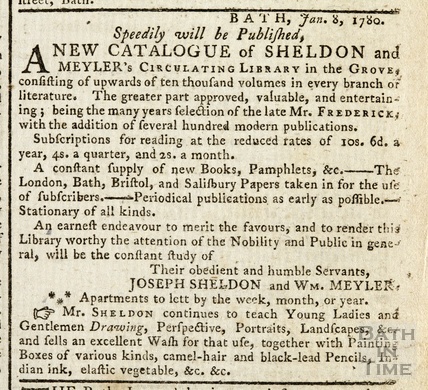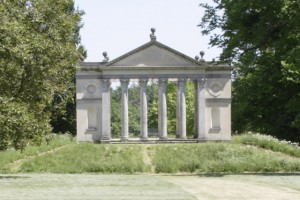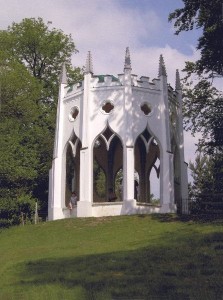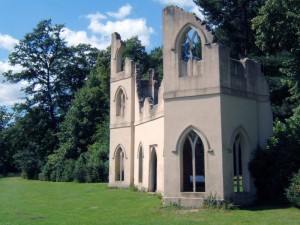 Are Lizzie Bennett’s fine eyes or Miss Woodhouse’s delicate complexion more than a fortuitous gift of Nature? What weapons did the Regency lady have in her cosmetic arsenal?
Are Lizzie Bennett’s fine eyes or Miss Woodhouse’s delicate complexion more than a fortuitous gift of Nature? What weapons did the Regency lady have in her cosmetic arsenal?
More than you might think. Some–hair pomades made of pork fat and scented with essential oils–are not the sort of things you’d want to read, write, or even think about. The white foundation used by the former generation was lead-based and could ruin a woman’s complexion, if not kill her. The companion red for the clown look so popular then was mostly harmless, but could be expensive, made of safflower, cochineal, brazilwood, or sandalwood.
Favorite scents, for soap, lotions, and face-washes, included many ingredients we’d associate nowadays with cooking–cinnamon, cloves, citrus, cardamom–as well as amber, musk, violet, rose, linden flowers, and elder. No, I have no idea what elder smelled like!
It’s possible to make your own skincare potions with ingredients found in the kitchen–here are a couple I’ve actually tried.
Cleanser:
Grind up oatmeal in a food processor, add some honey (this is all to taste, I don’t measure this sort of thing). You might even want to heat it slightly. Massage into face. Rinse off.
Toner:
Rosewater (you can buy it at an Indian grocery store) beaten into one egg white. Let dry on face, rinse off.
And here’s one I haven’t tried, but it has a beautiful name–Queen of Hungary Water–and I intend to make some (when the mint is obliging enough to emerge and I can borrow some rose petals and lavender from my neighbors). I will post before and after pictures. It’s recommended as an astringent, aftershave, deodorant, hair and skin tonic and even as an inhaled headache remedy:
1 part roses
1 part lavender
1 part rosemary
1 part sage
1 part orange peel
1 part lemon peel
2 parts mint
To 2 ounces apple cider vinegar, add 2 ounces of the above herbal formula. Put in an airtight glass jar, let steep for about 2 weeks. Strain and add 1 1/2 cups pure distilled rosewater. Pour into an airtight decanter and use daily.
Go to this site, http://www.geocities.com/Heartland/Prairie/8088/skin.html for more of the same. And do you have anything in the kitchen you enjoy slathering onto your face (other than accidental chocolate and ice cream smearage?)
Janet













